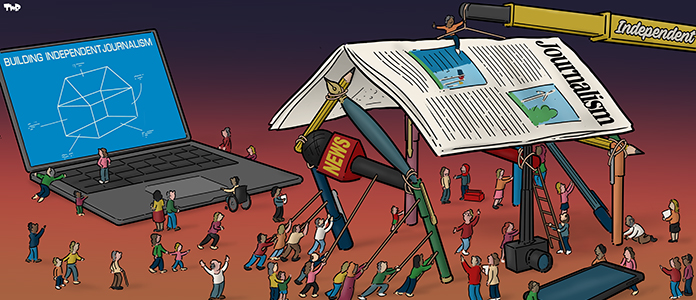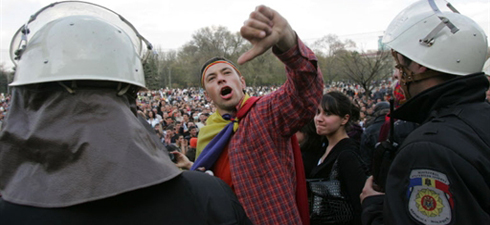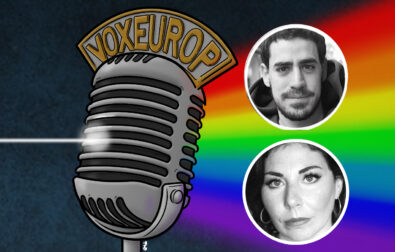The events of April 7, 2009 in Chisinau were nicknamed, not quite accurately, the “Twitter Revolution”. How that tag came about, or where exactly it came from, is not really known. Twitter, after all, is a website where replies of only a few words are exchanged, at most.
The events in Chisinau did not unfold in cyberspace, but in a world that could not be more real. The young people who were clubbed, the people rounded up in the street and locked up for no good reason, the beatings in custody: everything, unfortunately, was real, including deaths. None of this has anything to do with Twitter. Type http://www.twitter.com into a browser and see what comes up. See if any revolution shows its face.
Twitter was used as a means of communication during the events of April 7, 2009. So too were SMS messages and mobile phones, and there are probably more mobile phones than Internet connections in Chisinau. But the events of April 7, 2009 were not christened an “SMS revolution.” The name “Twitter Revolution” is somewhat demeaning to those who suffered abuse at the hands of the police. The revolution was made by individuals, not by a “twittering” along communication wires.
Authors of illegal crackdown remain obscure
The arbitrary repression that followed April 7, 2009 was not virtual repression. The street demonstrations, with their violence and arson, were organised by real people, just as the repression was planned, ordered and executed by other individuals in the flesh.
Curiously, the identities of those who suffered are known, but who exactly was responsible for the illegal crackdown remains obscure. Strangers who took to the streets and got arrested, in most cases illegally, suddenly had their names in the newspapers. Who was hit, beaten, abused is there in the public record, and it’s a comprehensive list. But the names of those who ordered and carried out the beatings and abuse never come up.
The general talk is of civil servants, policemen, judges, prosecutors, politicians in office on April 7, 2009. Yet their identities – in theory, certainly known – still hang back in the shadows. One suspects, one supposes – there was even a parliamentary commission! But nothing is written down in black and white.
It’s the head of the fish that starts to rot
Throughout 2009, then less and less often in 2010, politicians publicly denounced the widespread abuses and torture that followed April 7, 2009. One of the most popular campaign promises was to identify those responsible and to haul them before the courts. Images of bodies deformed by blows were published, and newspapers competed to gather victims’ testimony. Party leaders promised justice. The “Twitter Revolution” seemed to be leaving the virtual phase and entering the criminal prosecution phase. In full confidence that the promises would be kept, people went off to vote. Unfortunately, the promises were not kept.
An old proverb says that although it’s the head of the fish that starts to rot, it’s at the tail where we must start to clean it. The investigation should have been simple and straightforward. Starting with the images of police officers caught in the act of beating up demonstrators, it should have gone up the hierarchy to pinpoint the ones who gave the orders. That investigation, however, has been put on indefinite hold.
The revolution was real. It's the truth about the repression that is still virtual.
Background
A two year deadlock
Following the 2009 revolution, the Moldovan parliament has failed to elect a president. Under the terms of the Moldovan constitution the president must secure 61 votes from the 101 seat national chamber. On 57 seats, the ruling Alliance for European Integration (IEA), falls short and has not secured a compromise with its Communist party rivals. The September 2010 referendum on whether a president should be elected by universal suffrage failed due to low turnout. This deadlock, the Alliance for European Integration fears, has effectively frozen the possibility of closer ties between Chisinau and the European Union.











